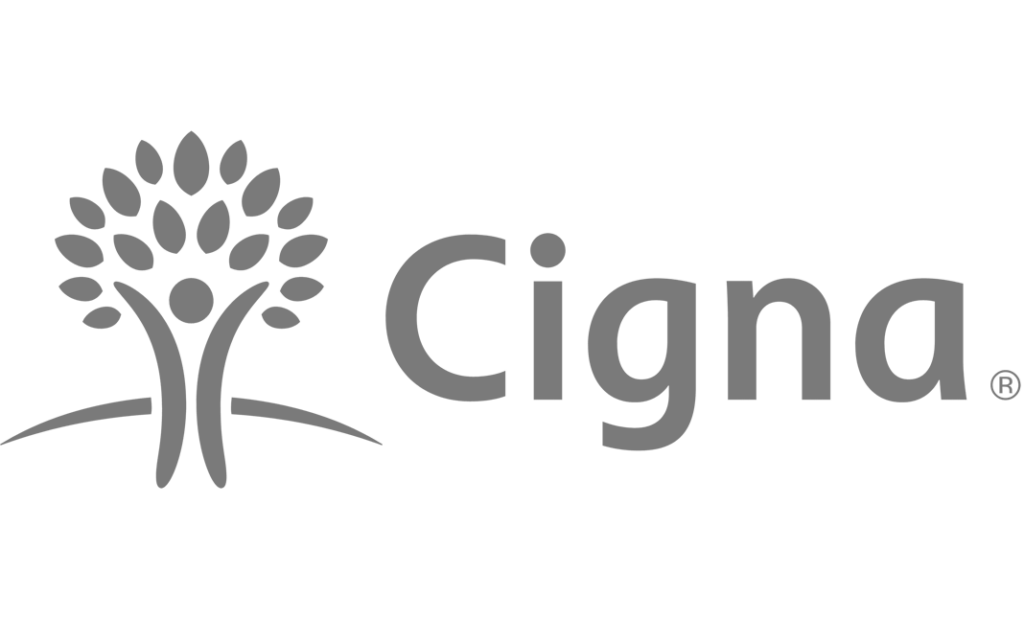Most alcoholics and addicts are in denial and initially unwilling to get help. This is why it’s so important for family members and loved ones to be involved and work alongside an interventionist.
Sadly, most alcoholics and addicts are convinced that they are able to moderate their substance use. Many addicts suffer from the illusion of control and that their addiction is not negatively affecting anyone. Most addicts believe the insane delusion that they can stop “whenever they want.” For family members who are affected by addiction, know that this is rarely the case.
In many cases, interventions serve the purpose of revealing the reality of the individual’s addiction from an outside perspective. Interventions provide someone caught up in addiction with a structured setting and an introduction to a chance to make a positive change in his or her life before it spirals out of control. Addiction affects not only the individual but the family as well. As resentments build up, the problem is exacerbated. Seeking professional help is always the best answer.
What is an Intervention?
An intervention is an action taken to improve a situation, especially a medical disorder. Addiction is a chronic disease of the brain and must be treated as such. A certified interventionist will provide guidance and support to family members and loved ones in order to confront the addict while encouraging him or her to seek help.
Confronting a loved one can be intimidating and difficult. Utilizing a professional interventionist can help the process move forward in a calm and structured way. Generally, there is often anger, resentment, fear, and a sense of betrayal during the intervention. A quality interventionist will prepare you and your family for the potential outcomes. Once confronted, addicts often try to throw up roadblocks and manipulate family members. An interventionist is skilled in diffusing these situations in order to achieve the desired goal. Keeping emotions balanced and directing focus on the solution can make or break the intervention.
An intervention includes several steps, and once a professional interventionist is selected, he or she typically spends 1-2 days with a family prior to confronting the addict. During this time the interventionist will provide education and support, preparing loved ones for what’s to come. An intervention is only as strong as the weakest link, so everyone participating needs to establish boundaries and maintain them, no matter what. This is much easier said than done, but it is critical for a successful outcome.
Planning an Intervention
Every intervention is unique. The family dynamic and personalities of each individual involved must be considered when planning an intervention. Generally, the process of an intervention follows a similar set of steps, procedures, and guidelines.
Step 1 – Family Discussion and Planning
One of the most important components of an intervention is executing on a structured and tightly organized plan. These situations are highly emotional – with good reason. Therefore, it is absolutely vital for a professional interventionist to lead the process. The interventionist is responsible for establishing control.
During the family discussion, the interventionist will collect all the key points. The family will provide addiction history, underlying co-occurring disorders, family history, as well as how they have been affected by the individual’s use. Planning is key. These preliminary discussions will equip the interventionist with the necessary tools to effectively initiate the plan.
Step 2 – Executing the Intervention
Your loved one may feel tricked or betrayed at the start of the intervention and this can lead to a tense situation. It is important to remember that you are doing this from a place of love, and a proper intervention will begin with reassuring the individual that the event has been staged out of love, concern, and compassion. The entire process has one goal in mind – for the addict to openly admit that he/she has a substance misuse problem.
Once the individual admits to his/her drug or alcohol addiction, the next step can begin. Interventions are often unpredictable, which is why it is important for each participant to be ready to make adjustments on the fly. A professional interventionist will continue to maintain composure and ensure control. The desired outcome is for the addict to be transported to a medical detox or substance abuse rehabilitation center immediately following the intervention.
Step 3 – Continuing the Treatment Plan
A successful intervention ends with the individual admitting there is a problem and entering into a drug and alcohol inpatient program. Once this happens, the recovery process begins. It is always recommended that the individual attend a treatment program that is at least 30 days at length. Aftercare is another huge component of maintaining long-term sobriety.
It is important for the addict to find his/her own path to recovery. Allowing the individual to work with addiction professionals to come up with the most effective treatment and aftercare plan is vital to allowing the individual to recover. Treatment is just the beginning of a lifelong journey in recovery. Freedom from addiction will ultimately lead to a prosperous and fulfilling life. An intervention is often the jumpstart needed to help a loved one find and maintain long-term sobriety.
The team at Defining Wellness Centers is here to help you if you’re considering an intervention for your loved one. Our team of professional, certified interventionists will work with your family for a positive outcome. If you’re unsure of what your next steps are we will talk you through it so that you can make the best decisions to support your loved one on their wellness journey.





















